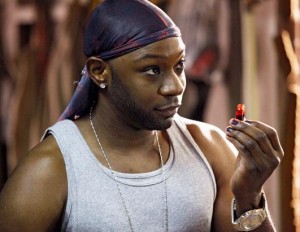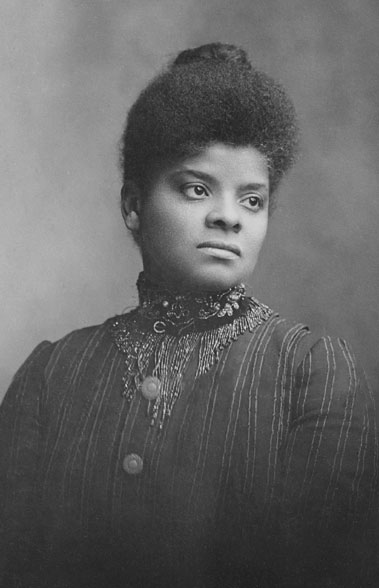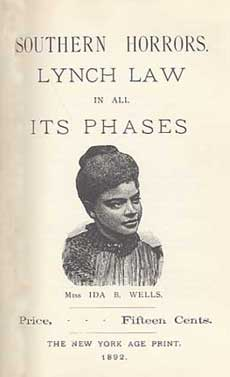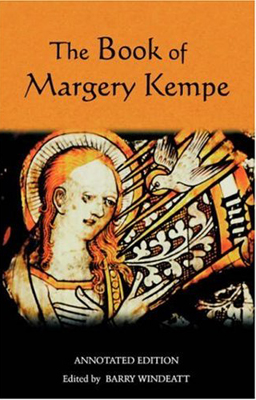 I read about Margery Kempe, in the aptly titled The Book of Margery Kempe, in my senior year of college, for a class on medieval history. My first impression was: “Man, b**** be trippin’.”
I read about Margery Kempe, in the aptly titled The Book of Margery Kempe, in my senior year of college, for a class on medieval history. My first impression was: “Man, b**** be trippin’.”
Actually, I shouldn't use that word. It was more like, “This woman is really, really annoying.”
Of course, over the years, I’ve come to appreciate what Margery accomplished a tad more. In her self-penned Book, for example, she recounts that time she took a pilgrimage all the way from Britain to the Holy Land by herself. That was no small feat, especially for a non-noblewoman. Even today, if you did that people would be all like, “You’re a woman and you’re going by yourself?”
Margery was born sometime in the late fourteenth century in Norfolk, England, the daughter of a wool merchant and sometime Member of Parliament. In today’s world, she would have maybe been a suburban yuppie. She married a dude named John, had a bunch of kids, and was all set to have a regular medieval suburban yuppie life with him.
But Margery found a higher calling. Literally. (Okay, not literally. I don’t think.) She began to have visions sometime around the birth of her first child. This prompted her to rearrange her priorities and attempt to live more purely. Eventually she gave herself completely to a religious life, even getting her husband to agree to maintain a celibate marriage with her, which sounds like a rough deal.
Her religious adventures included visiting the Holy Land, where she thoroughly irritated all of her fellow pilgrims with her crying spells and general carryings on (can you imagine how crazy you have to be to piss off a bunch of religious pilgrims with your religious fervor?), making the pilgrimage to Santiago de Compostela, and possibly visiting fellow devotional woman and more highly regarded mystic Julian of Norwich. Margery’s husband was actually from Norwich, so they probably had a lot to talk about.
A story to illustrate Margery's, er, extreme personality: When she returned from her Holy Land visit---in which she was almost stranded in Rome because she gave all her money to the poor and her fellow pilgrims had just about had it up to here---she continued to make pilgrimages around Europe, though she was constrained by her lack of resources and her gender. She often wore all white and tended to weep uncontrollably out of devotion to Christ. Her behavior was so odd that many locals accused her of being a heretic, and at one point, she was nearly burned at the stake. However, church authorities intervened, and Margery's knowledge of the Bible and non-heretical views bore her out. She just had really, really crazy ways of putting them into practice.
What really cemented Margery’s fame, however, was the fact that she put all of these wacky life experiences into a book (albeit one that she dictated to a male writer, being likely illiterate herself). This was actually remarkable. Very few people of her status (middle-class-ish), much less women, had their thoughts and feelings recorded for posterity in this way. Through her, historians are today able to understand the religious lives of laypeople and non-nobles.
And I have to hand it to Margery. Sure, she might have been annoying, and overdramatic, and slightly hysterical at times, but she also was pretty damn courageous. It takes courage, undoubtedly, to strike out on one's own, follow one's passions, and not be trapped by what others might think. On a minimally related personal note, I am starting my PhD this week. Which sounds pretty serious. As sometimes happens, I’ve been racked with insecurity and uncertainty—am I good enough? Am I smart enough? When I raise my hand to speak, will something clever come out, or will it be super lame and everyone will point and laugh and be like “ohmygod you guys how did she get in.”
But who cares? Make a fool of yourself. Dance like no one’s watching. Fall down and have sparkly visions of Jesus and alienate everyone around you. As long as you’re doing what you love, what the heck does it matter? You might still end up with a book that’s remembered five hundred years later, or at least that gets you on the “History” shelf at Barnes & Noble next to Doris Kearns Goodwin and Jared Diamond.
Margery gets it. She's there too.


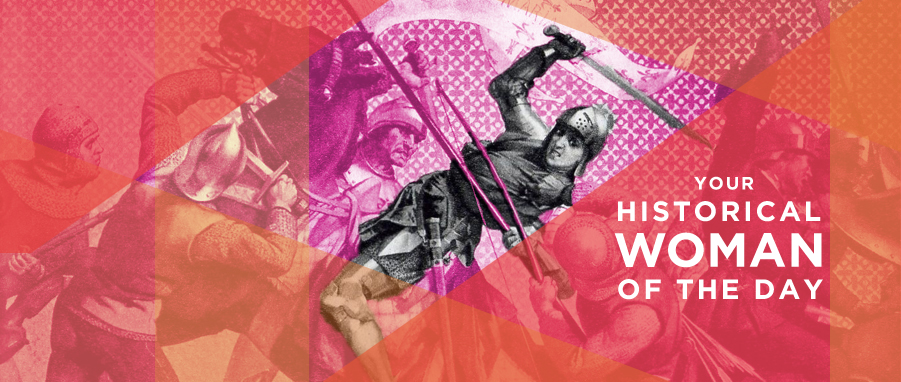

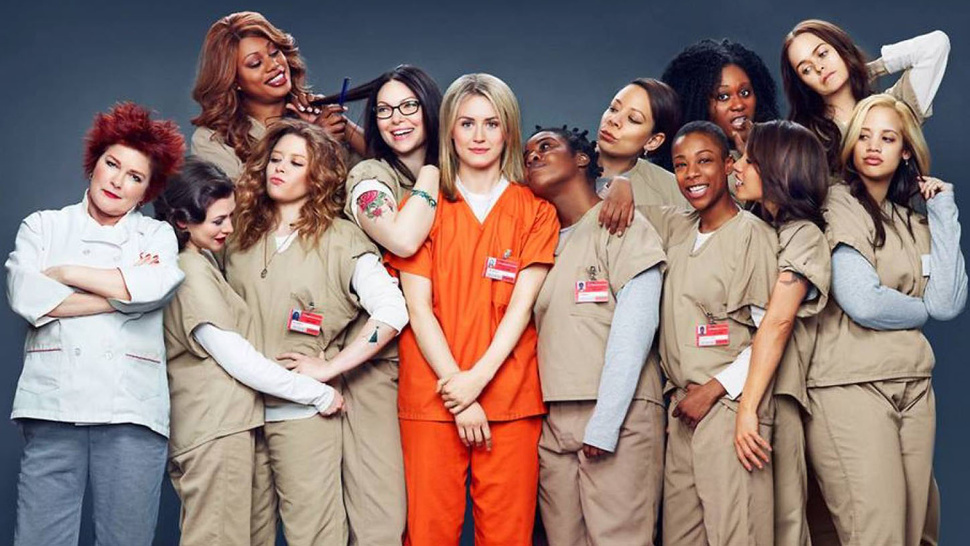
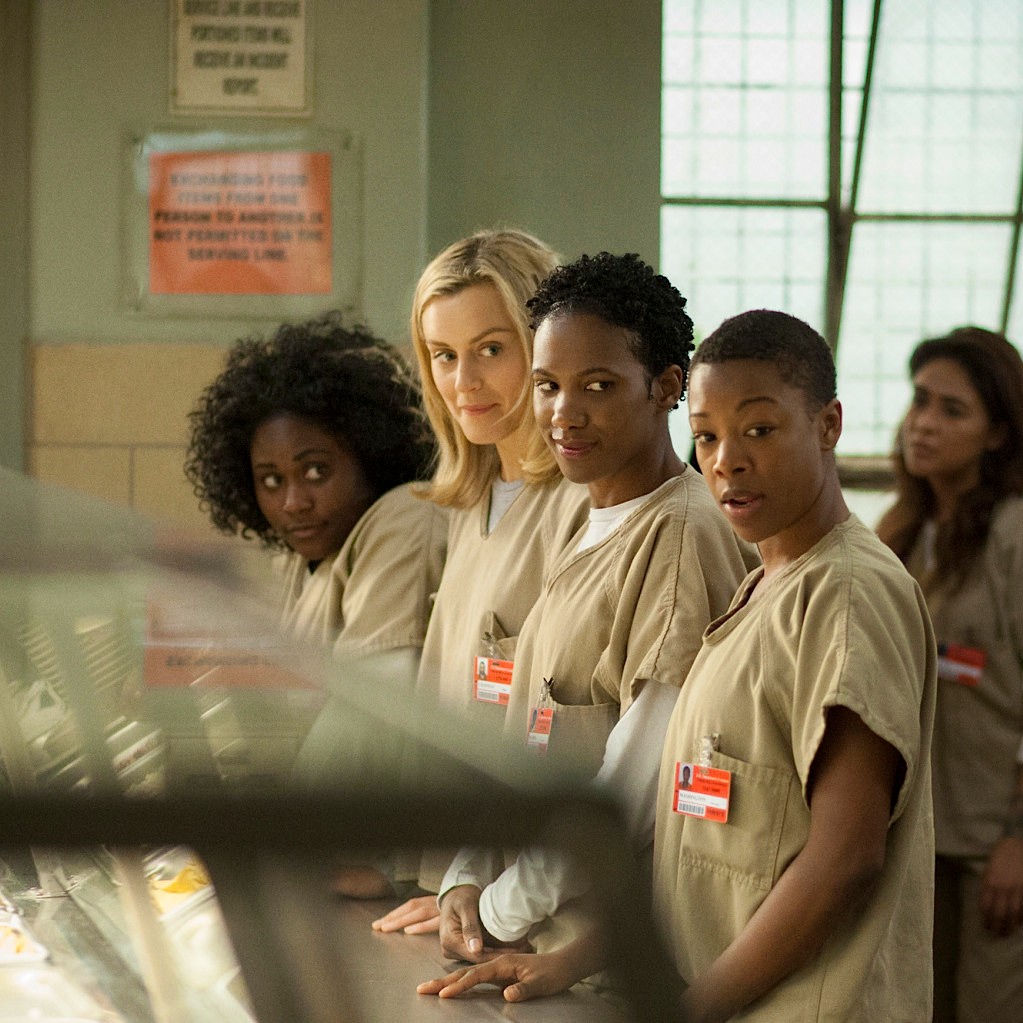


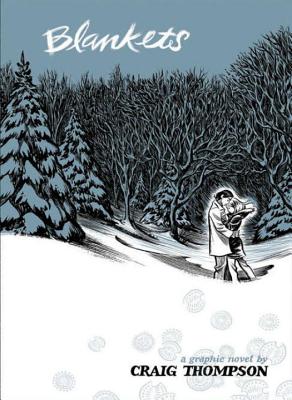
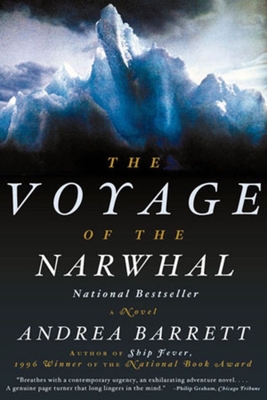
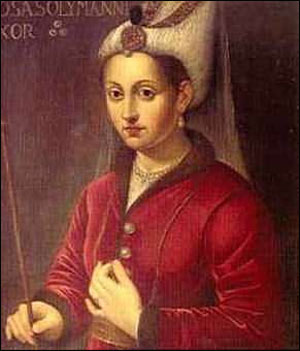
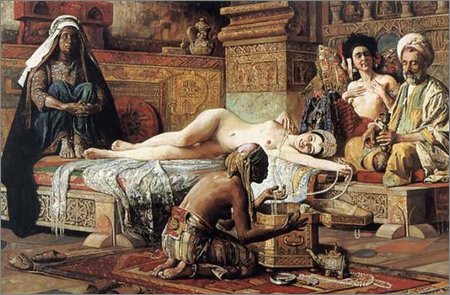

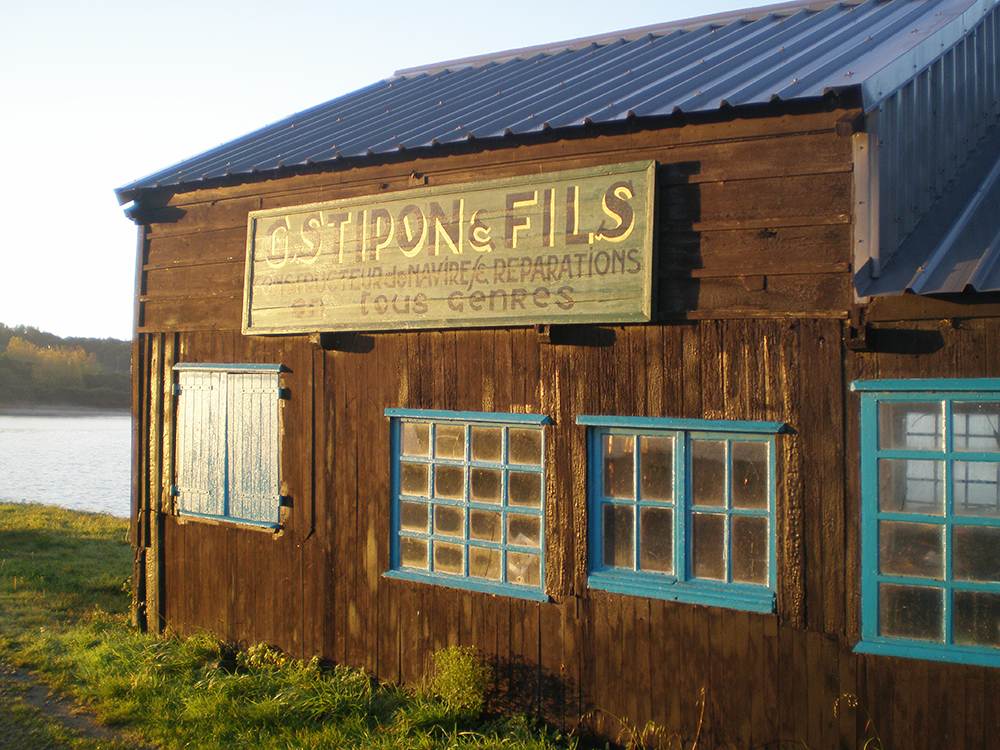 More than seven years after I first meet her, Madeleine has a baby girl named Cléa. On Facebook she looks like any other baby, small and pink and bundled in blankets, but I can tell that she’s different. And I get to meet her in less than a week.
More than seven years after I first meet her, Madeleine has a baby girl named Cléa. On Facebook she looks like any other baby, small and pink and bundled in blankets, but I can tell that she’s different. And I get to meet her in less than a week.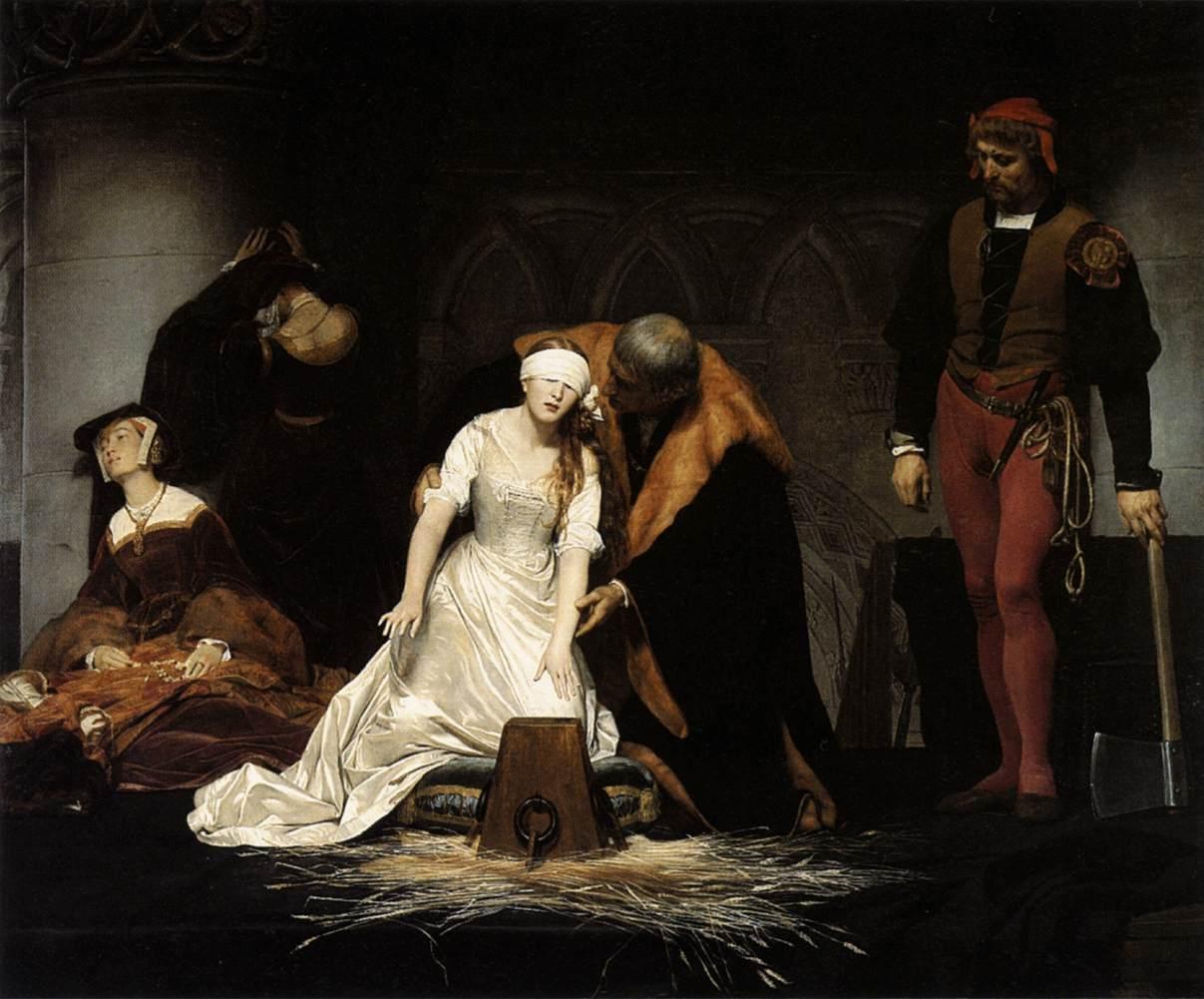
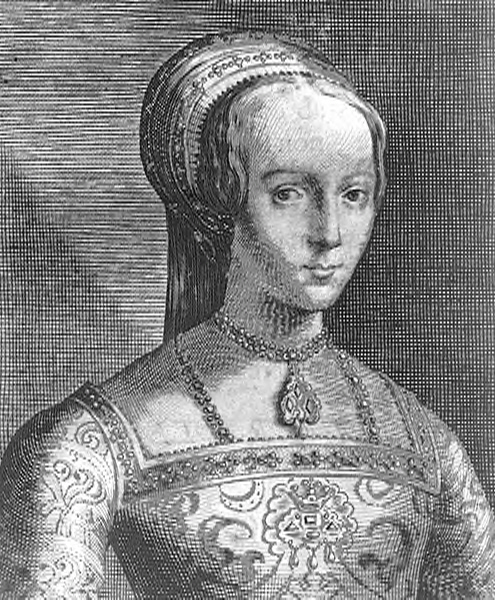

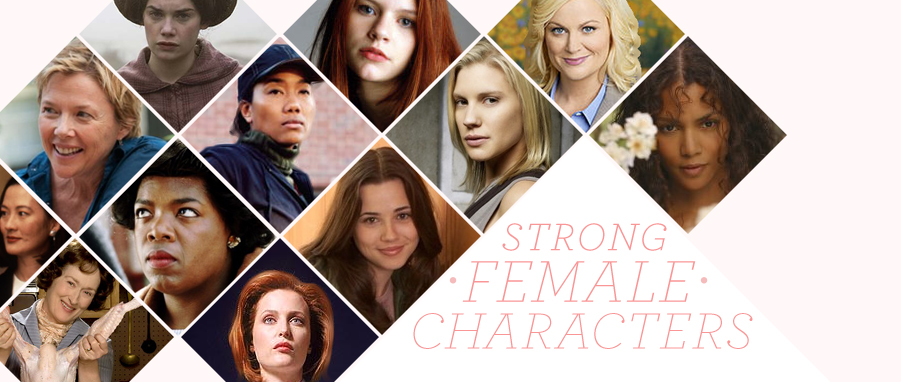
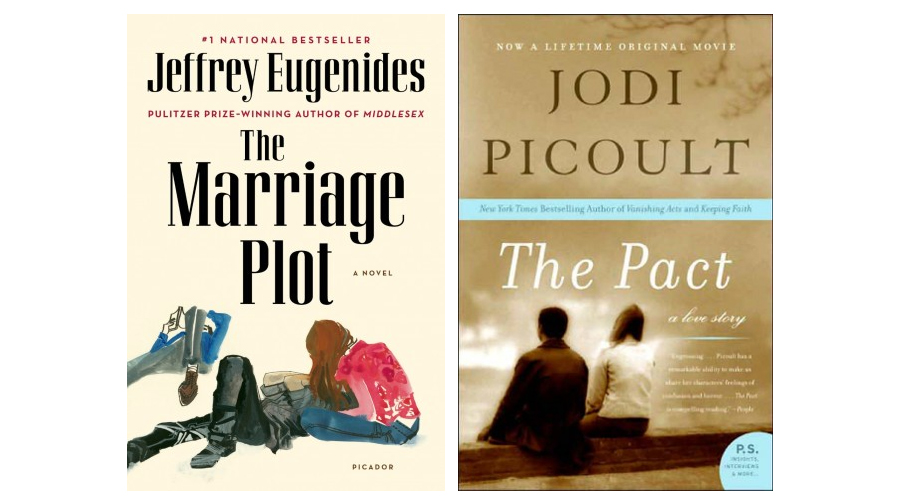 I just finished reading Jeffrey Eugenides’ most recent novel, The Marriage Plot, and having done so, felt more equipped to ponder a rather inflammatory statement he made last September regarding perceived difference in treatment of women authors’ work in relation to that of their male colleagues.
I just finished reading Jeffrey Eugenides’ most recent novel, The Marriage Plot, and having done so, felt more equipped to ponder a rather inflammatory statement he made last September regarding perceived difference in treatment of women authors’ work in relation to that of their male colleagues.
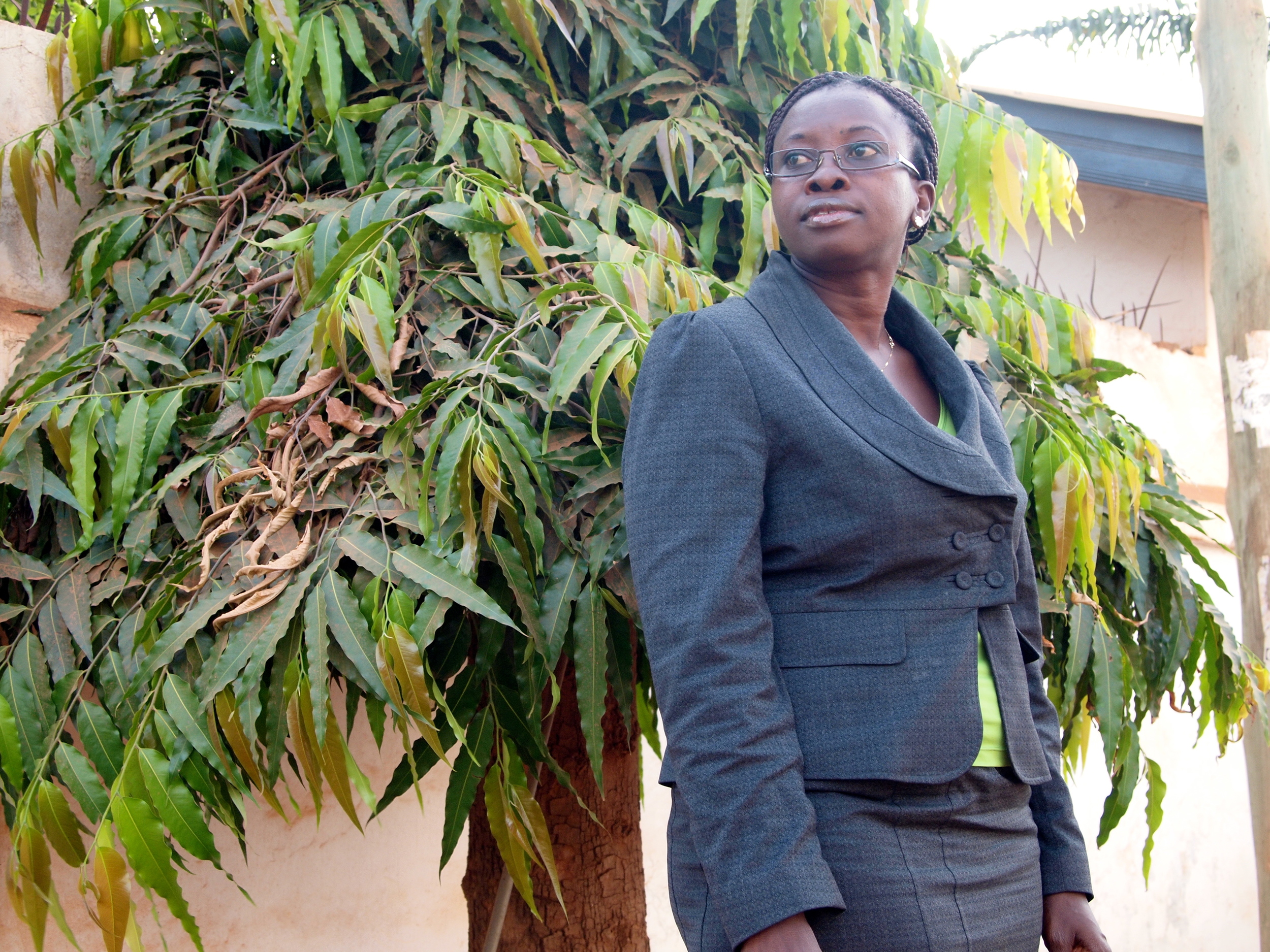
 In third grade, I find an old French textbook, dusty and used, buried in the stacks of books in the back of my classroom. It’s called something like Parlons! and has photos of 80s-styled people sipping coffees on the cover, the Notre Dame cathedral in the background. My 8-year-old self is enchanted. I’m too young to know when something is kitschy.
I take the book home and that evening I make my first vocabulary list, folding a sheet of lined paper down the middle. French words and phrases go on one side, English translations on the other. I stick with the basics from the introductory chapter. Je m’appelle Olivia. Je suis américaine.
In third grade, I find an old French textbook, dusty and used, buried in the stacks of books in the back of my classroom. It’s called something like Parlons! and has photos of 80s-styled people sipping coffees on the cover, the Notre Dame cathedral in the background. My 8-year-old self is enchanted. I’m too young to know when something is kitschy.
I take the book home and that evening I make my first vocabulary list, folding a sheet of lined paper down the middle. French words and phrases go on one side, English translations on the other. I stick with the basics from the introductory chapter. Je m’appelle Olivia. Je suis américaine.
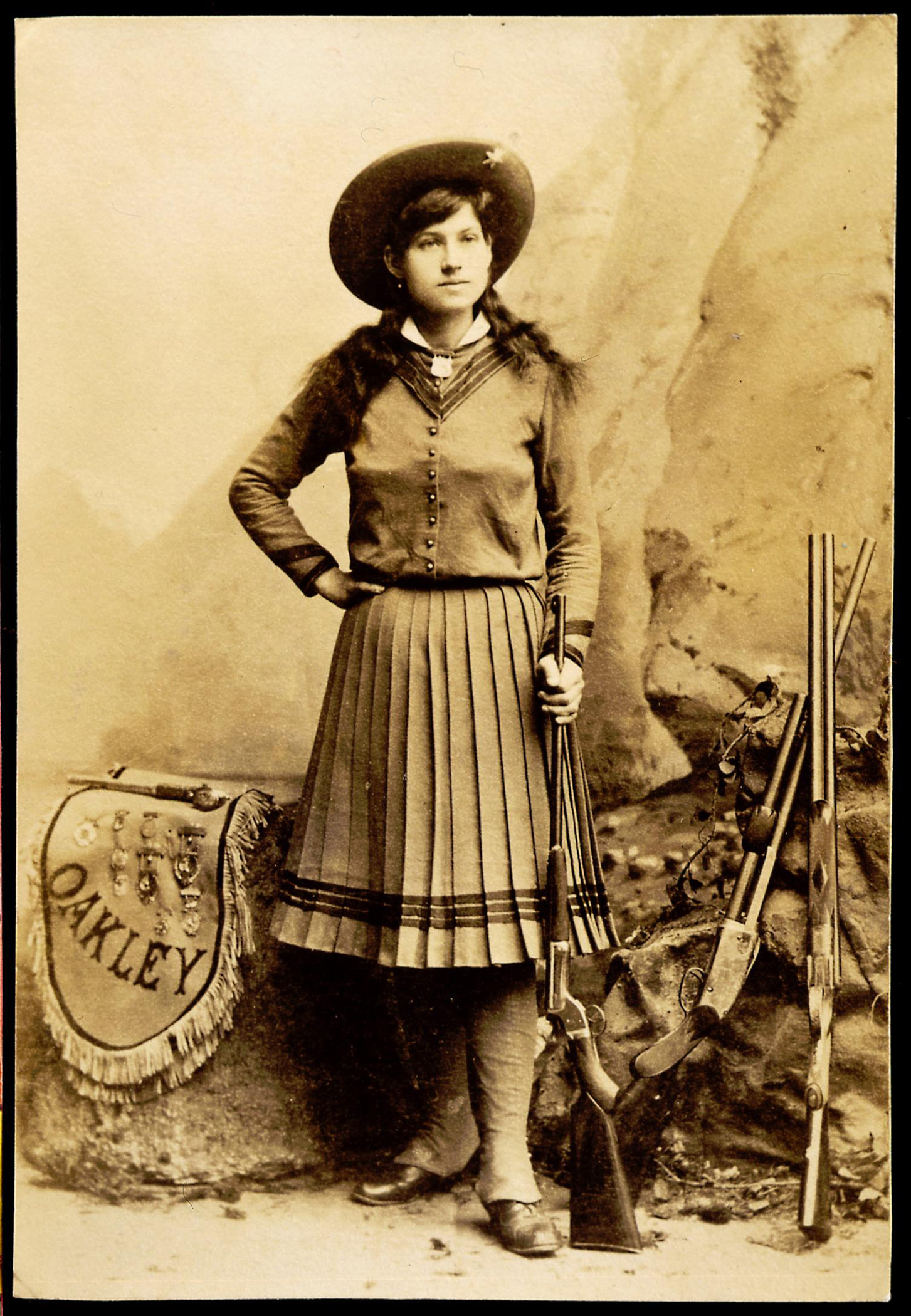
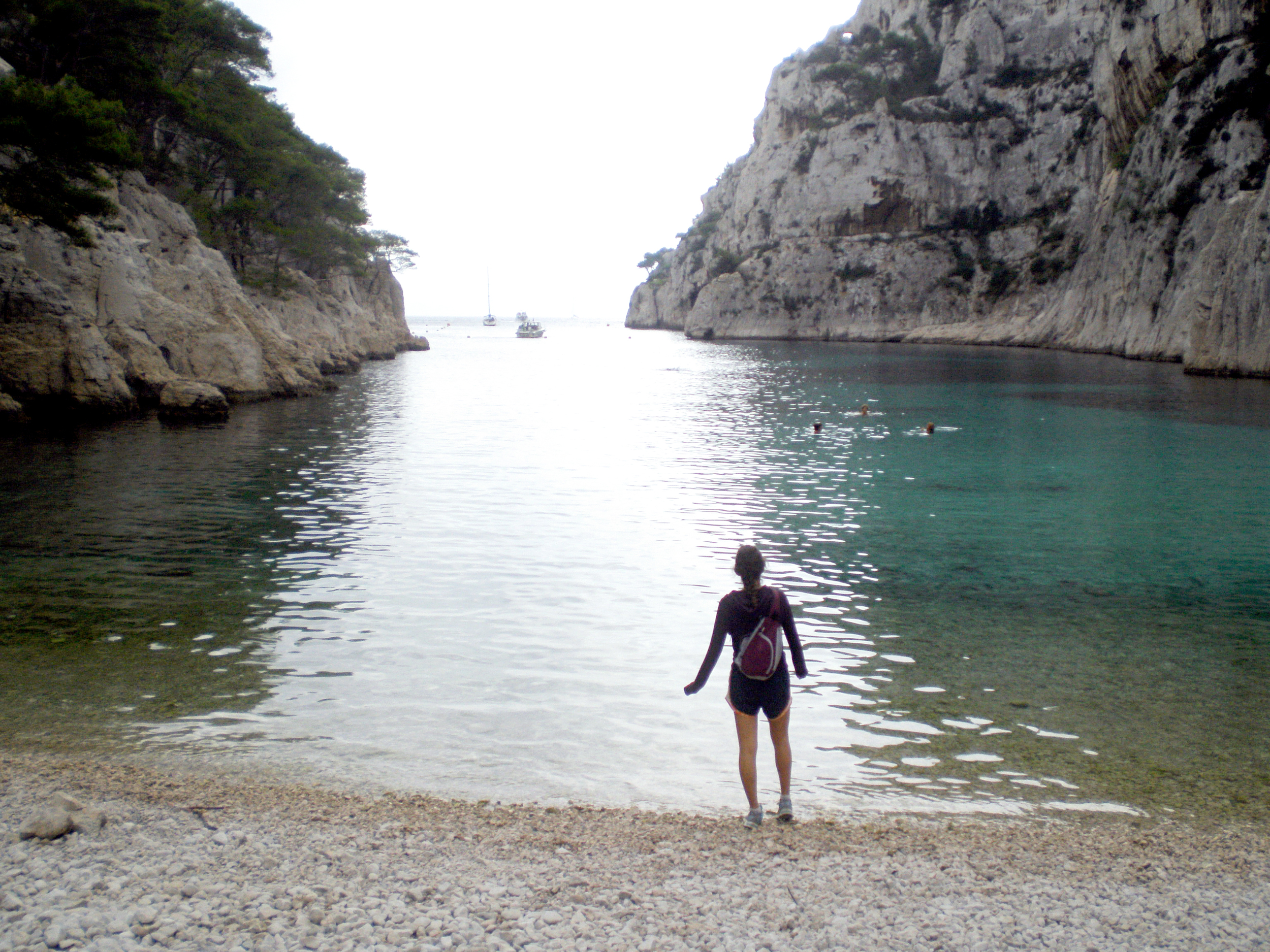 Before I find the small side road that leads out to the vineyards and villas in the countryside, I run in the neighborhood to the west of Agnès’s apartment. Every day I head out in my shorts and tank top, which make me stick out among in the poor, mostly North African area. Maybe I should cover up more, but it is unbearably hot in Aix at the end of summer.
Next to the women in full burkhas, I feel a kind of freedom that I’ve never before had to consider. As I pass by — me running, them herding their bands of overheated children — I can feel their dark, kohl-lined eyes following me, an indecent blur of sun-browned skin and dark tattoos.
Before I find the small side road that leads out to the vineyards and villas in the countryside, I run in the neighborhood to the west of Agnès’s apartment. Every day I head out in my shorts and tank top, which make me stick out among in the poor, mostly North African area. Maybe I should cover up more, but it is unbearably hot in Aix at the end of summer.
Next to the women in full burkhas, I feel a kind of freedom that I’ve never before had to consider. As I pass by — me running, them herding their bands of overheated children — I can feel their dark, kohl-lined eyes following me, an indecent blur of sun-browned skin and dark tattoos.

